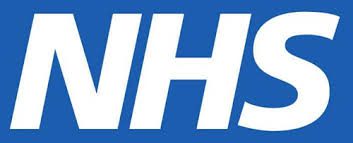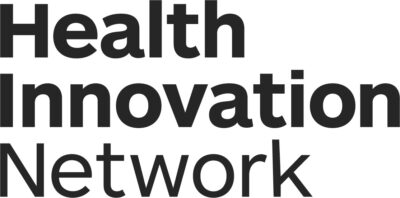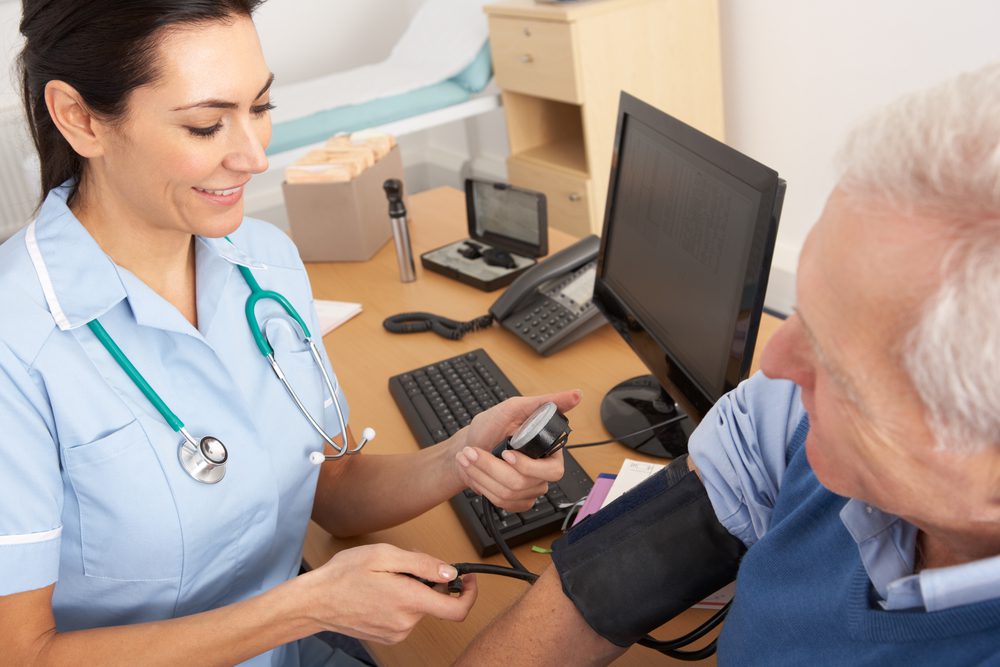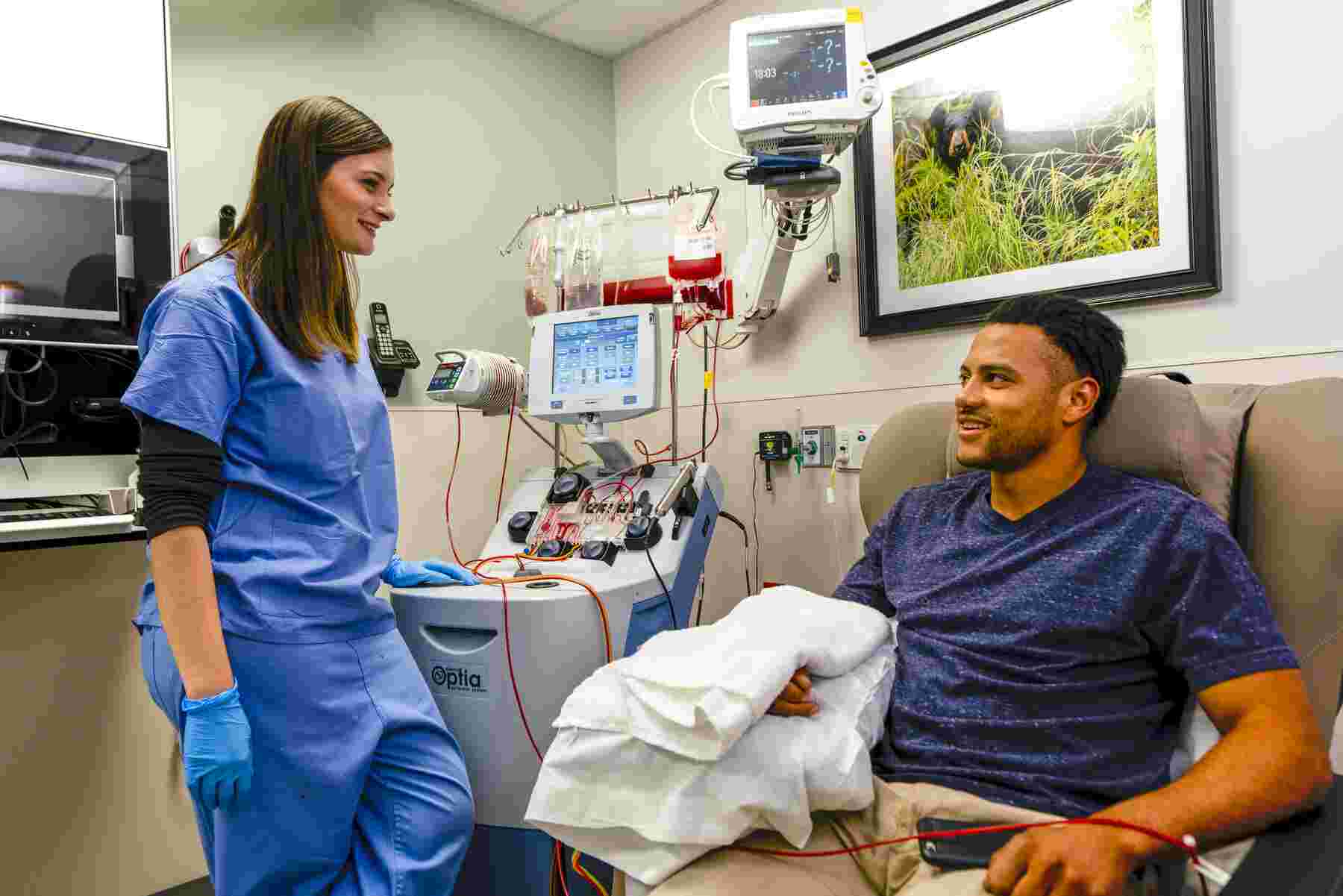The National Early Warning Score (NEWS) is associated with a reduction in mortality in those patients admitted with a possible diagnosis of sepsis without increasing the overall number of admissions, according to a paper published today in the British Journal of General Practice (BJGP).
 Alison Tavaré, one of the paper’s authors has also written a personal account of contracting sepsis in a Viewpoint article in the same edition of the BJGP. Alison is a Bristol GP and Primary Care Clinical Lead at the West of England AHSN. Read Alison’s story.
Alison Tavaré, one of the paper’s authors has also written a personal account of contracting sepsis in a Viewpoint article in the same edition of the BJGP. Alison is a Bristol GP and Primary Care Clinical Lead at the West of England AHSN. Read Alison’s story.
Use of NEWS in pre-hospital care standardises communication and allows healthcare professionals to track how unwell a patient is one step earlier, rather than on arrival in hospital, so that the patient is seen at the right time in the right place by the appropriate grade of clinician. This is achieved by pre-alerts to the emergency department for the sickest patients, safer management of ambulance queues, objective assessment and effective triage of patients in the emergency department.
In 2015, all healthcare settings across the West of England standardised to NEWS. This major intervention over four years in the West of England, covering a population of 2.4 million patients, promoted the pre-hospital use of NEWS across a number of settings both in acute trusts and in the community.
The focus was intervention at the point of referral from the community to acute care. The score was used by increasing numbers of GPs and, at one centre, 70% of patients had a score recorded on referral. Take-up by the ambulance service and GP out of hours service were key to its success.
Not all the benefit could be attributed to the intervention alone as there had already been increasing community awareness of the risks of sepsis, but the improvement in mortality was not seen in the rest of England over the time period of the project.

Anne Pullyblank, Medical Director at the West of England AHSN, and lead author of the paper said: “In the West of England, we standardised to NEWS in all our acute hospitals and introduced NEWS to all community settings in 2015. NEWS was used as a common language across the system, to facilitate handover of care and to escalate treatment earlier in the referral pathway of acutely unwell patients. This led to a reduction in mortality from suspicion of sepsis compared to the rest of England.”
These findings were published just two days after another paper in the BJGP, which indicated that recording NEWS when a patient is urgently referred to hospital can improve the process of care for the sickest patients and reduce the time taken to get to hospital. The study was funded by National Institute for Health Research (NIHR) at the University of Bristol and supported by the West of England AHSN.
Follow this link for more information on patient safety during COVID-19.

“Health equity is the attainment of the highest level of health for ALL people. Achieving health equity requires valuing everyone equally with focused and ongoing societal efforts to address avoidable inequalities, historical and contemporary injustices, and social determinants of health — and to eliminate disparities in health and health care.” (health.gov) Within the NHS there [...]

Sickle cell disease (SCD) is a serious and lifelong health condition. People with SCD produce unusually shaped red blood cells that can cause problems because they do not live as long as healthy blood cells and can block blood vessels. This can result in suffers experiencing painful episodes, called sickle cell crises, as well as anaemia, [...]

At the Royal Society of Medicine’s Tackling Inequalities conference it was clear from the passion in the room that great progress has been made across the system to better support some of our most under-served communities. To maintain this momentum, we must not just embed tackling health and healthcare inequalities in all that we do, [...]







